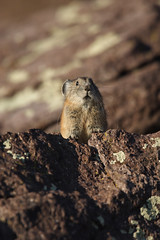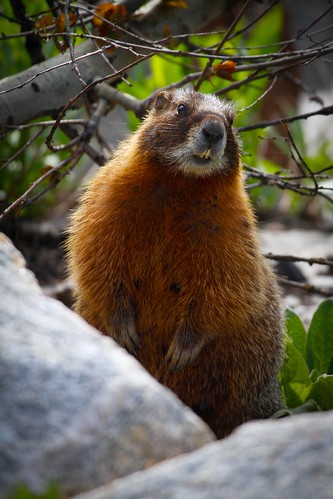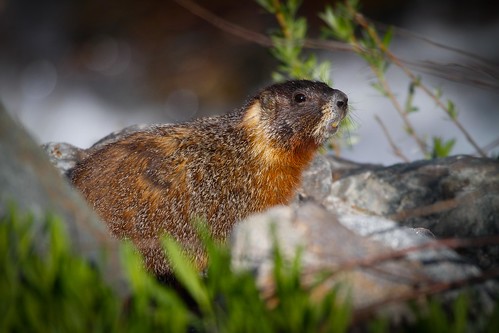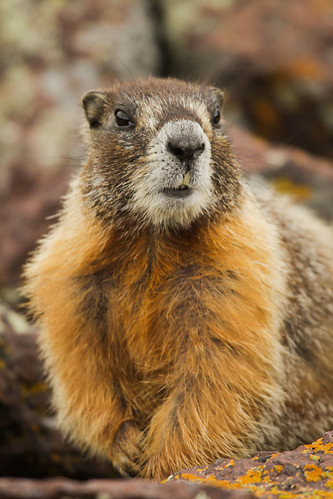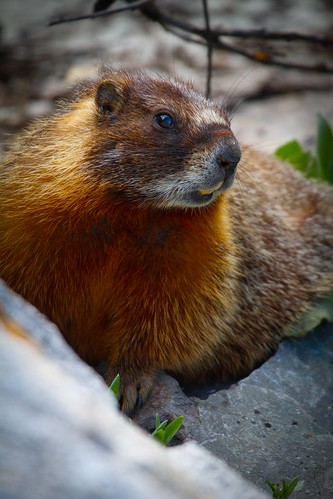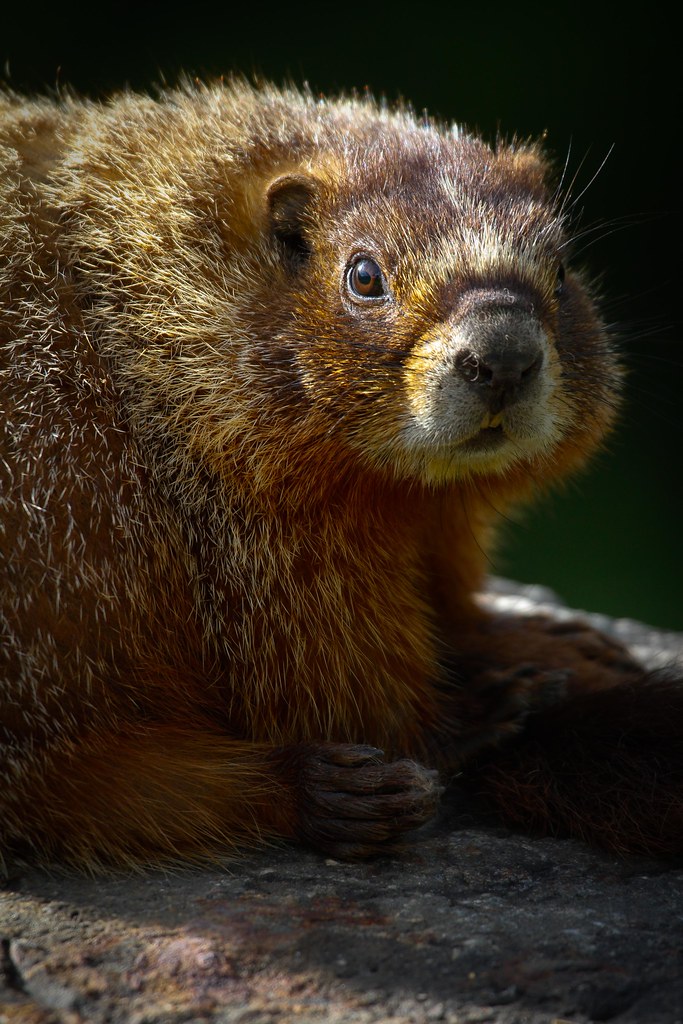One of the absolute highlights of my trip to Alaska was the opportunity that I had to photograph Mt. McKinley. We were very fortunate in that it was visible on the evening that we had set aside. It is typically only seen about 3 days in 10 so I was excited to see the clouds part.

Mt. McKinley is 20,320 feet tall and is located in the middle of Denali National Park. The 90 mile gravel road, to the park's interior, is mostly traveled by buses as only a few private vehicles are allowed to traverse it. We were fortunate enough to purchase a photographer's pass so that we had free run of the road on our own time schedule. Most visitors must ride the bus, which is really quite convenient as they run every 15 minutes or so and make frequent stops. If you wish to spend additional time in one area you simply get off of the bus and catch the next one when you are ready to move on. This works well unless you want to stay late and catch the sunset on the highest mountain in North America. We were there in August and the light hung on until well after midnight.
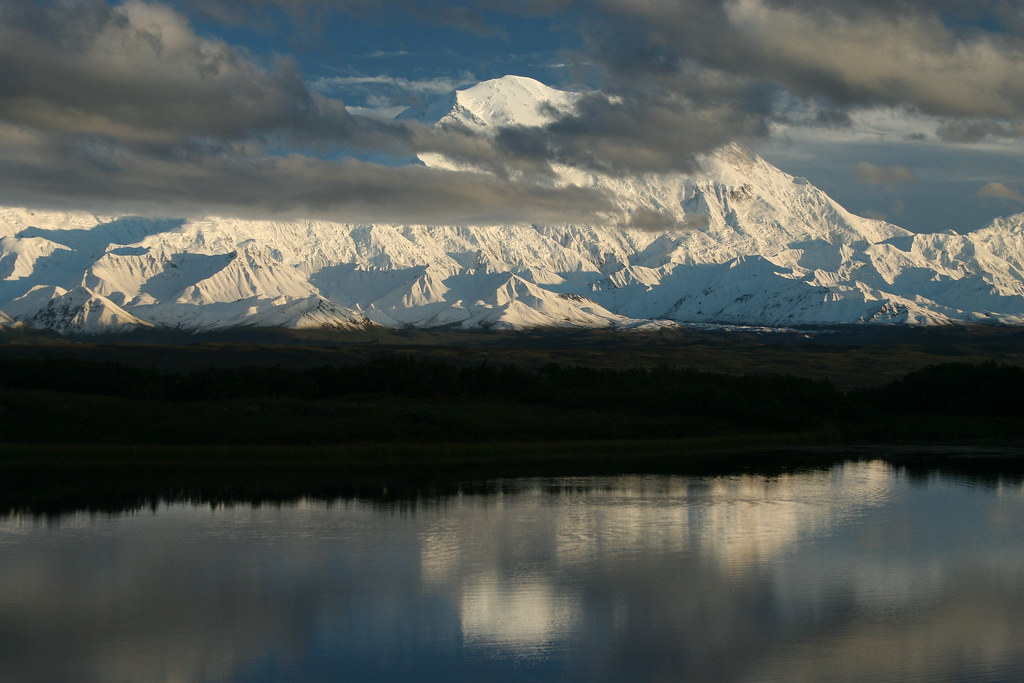
Reflection Lake is located near Wonder Lake at about the 84 mile mark along the way. This is a great vantage point from which to shoot the mountain but it takes a long while to get there and if you stay until the light is gone. You will end up camping somewhere near it. We had a 20 foot motor home so that made it quite convenient.
We arrived at about 8 pm and set up the cameras. By the time we had set up, the clouds had opened up and the mountain was glorious. I started snapping photos and was able to try many different compositions. I continued taking pictures for over 2 hours.
At one point I turned around to see a bull caribou standing on the hill behind me. I had to stop long enough to photograph him as well.
About 9:30 pm I decided to try a panorama and shot 6 photos with the idea of stitching them together in Photoshop later. The panorama turned out to be one of my favorites and it hangs on my wall as a 17 x 70 inch print to this day.
Many of the photos that I took, even later than that, turned out beautifully as well. I especially like the alpen glow affect on some of the later photos.
This is a moment that I will never forget. I will always be grateful for the chance to visit Alask
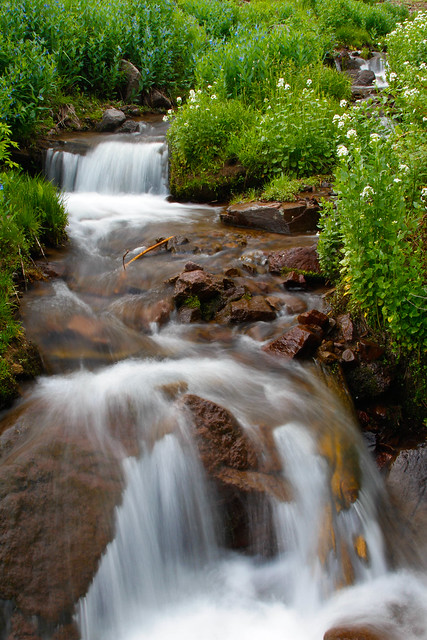
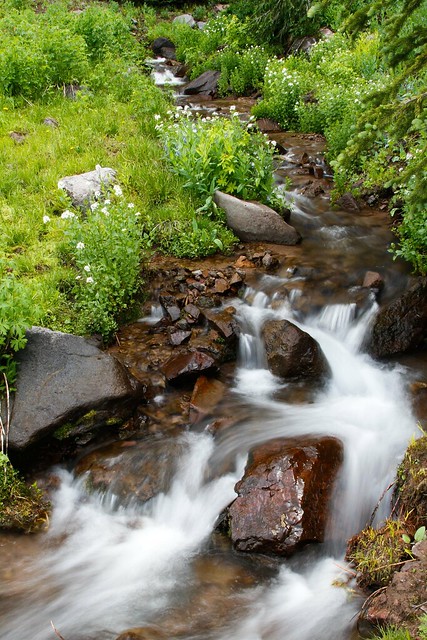
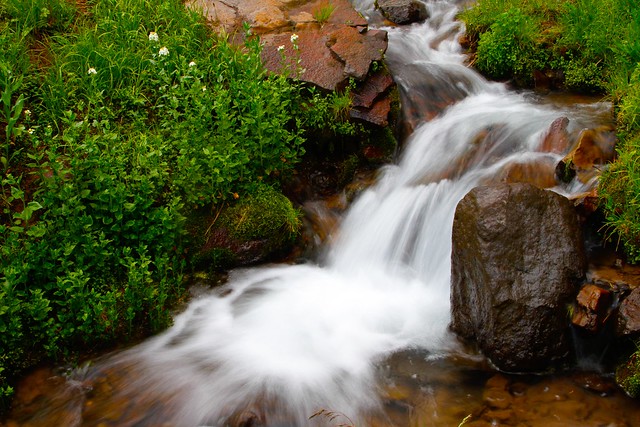


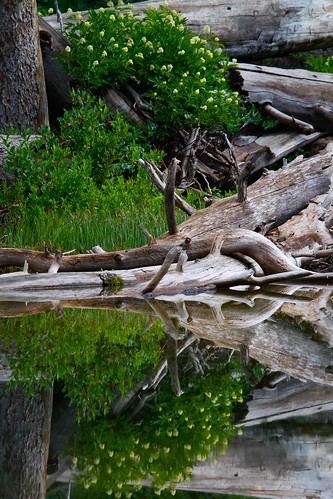
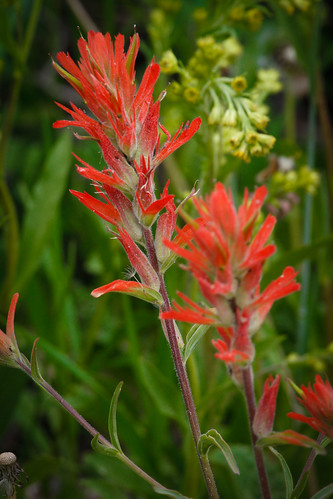
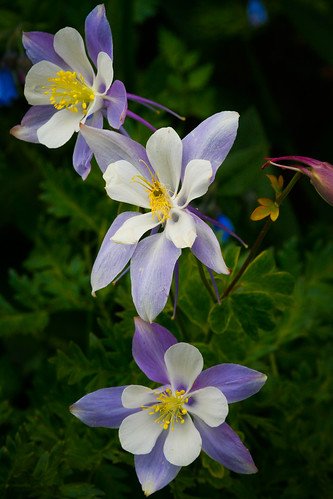
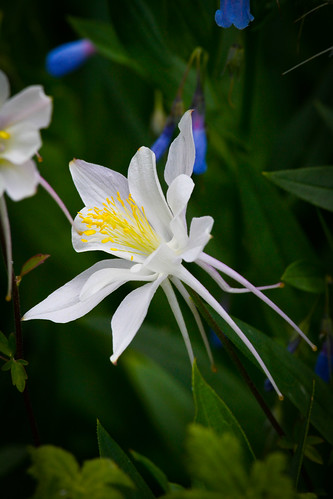
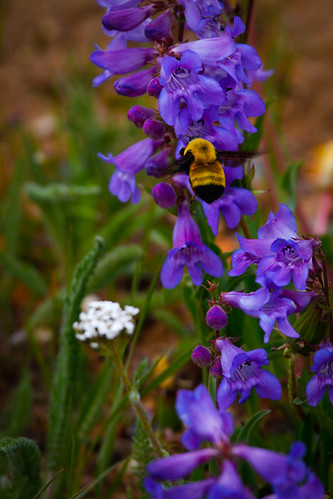

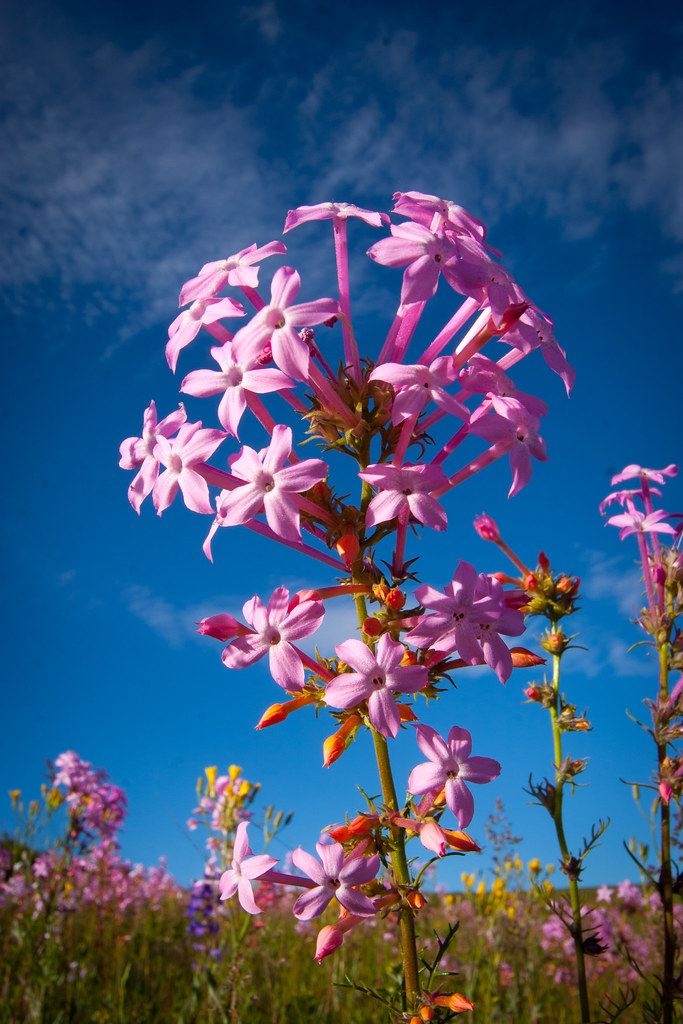
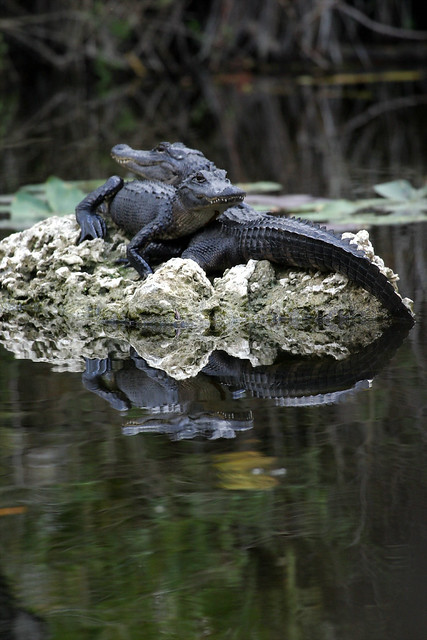
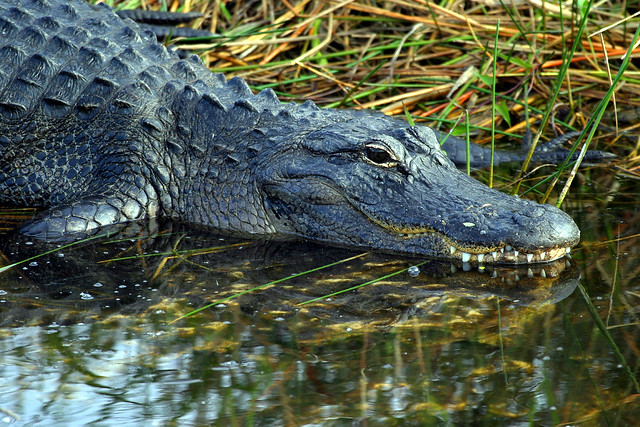

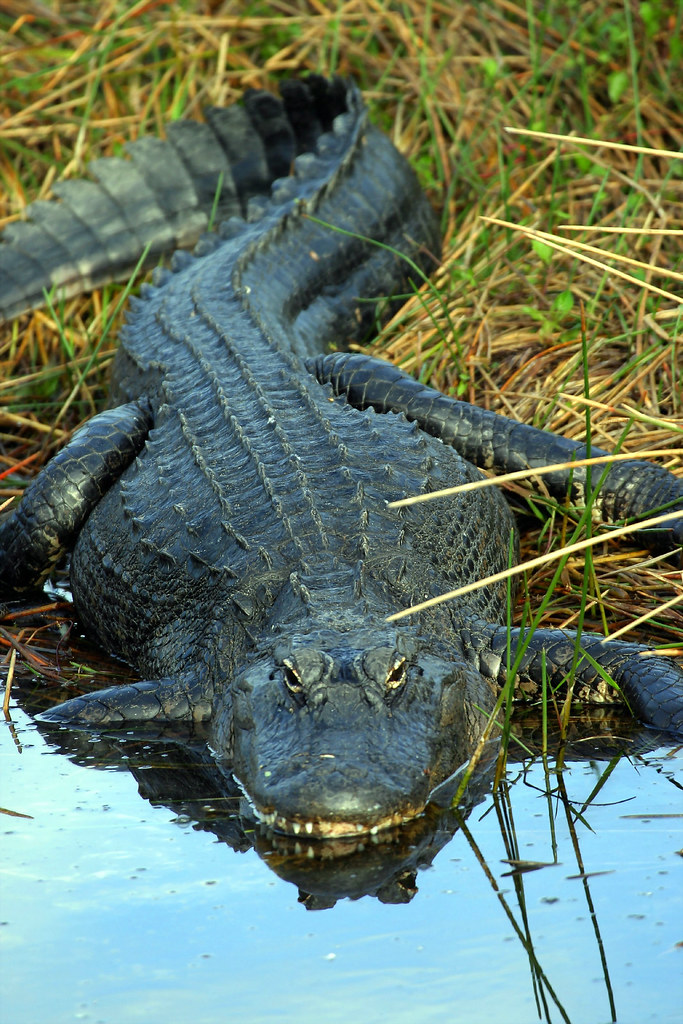
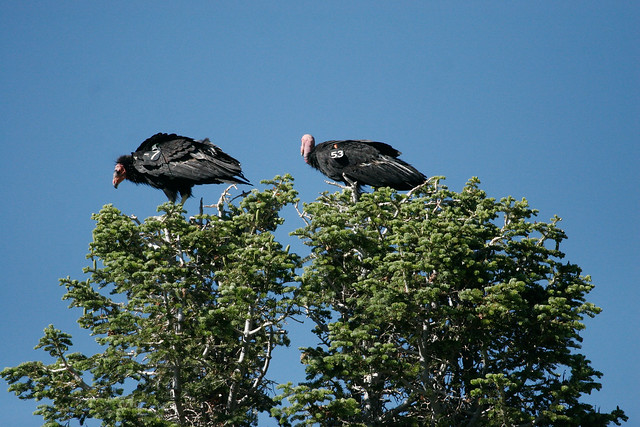

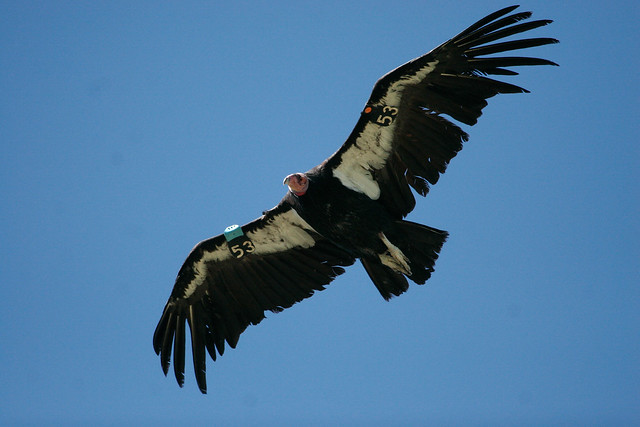
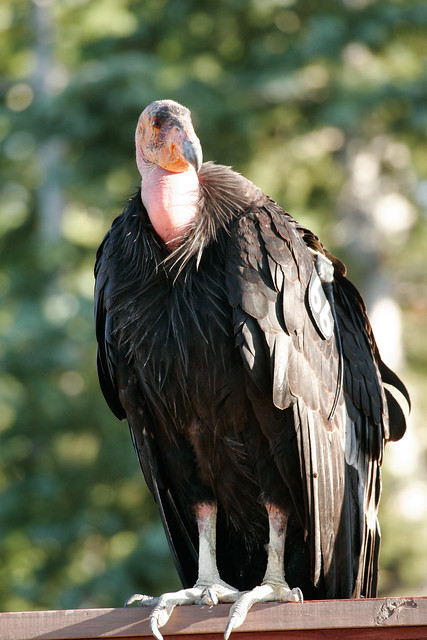



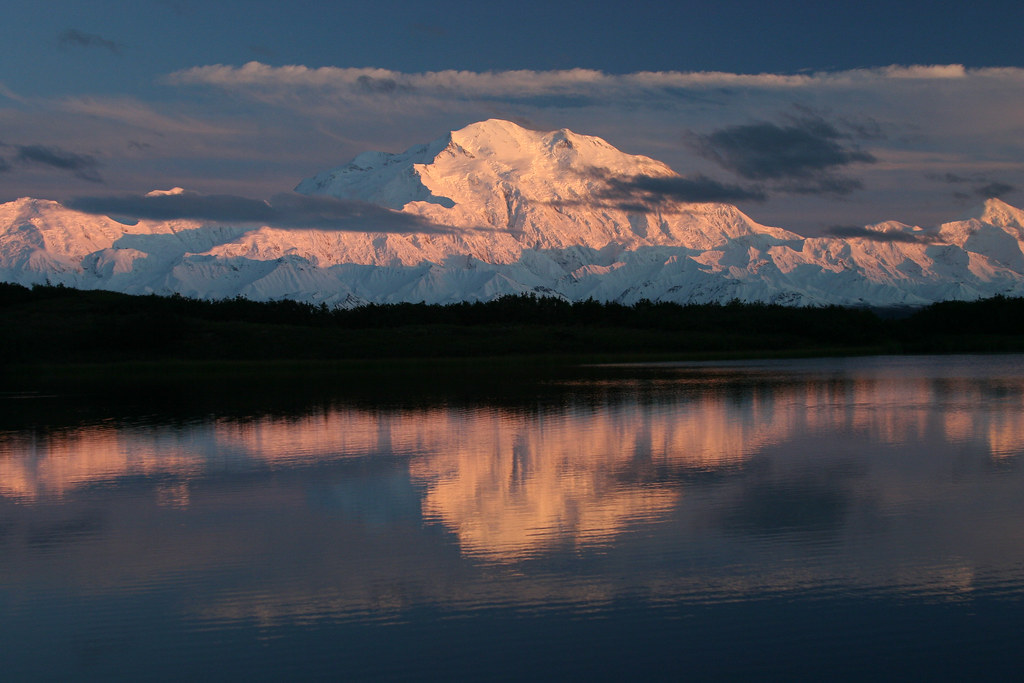
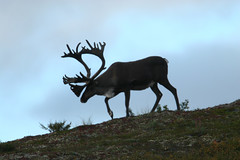
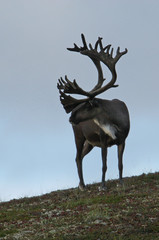


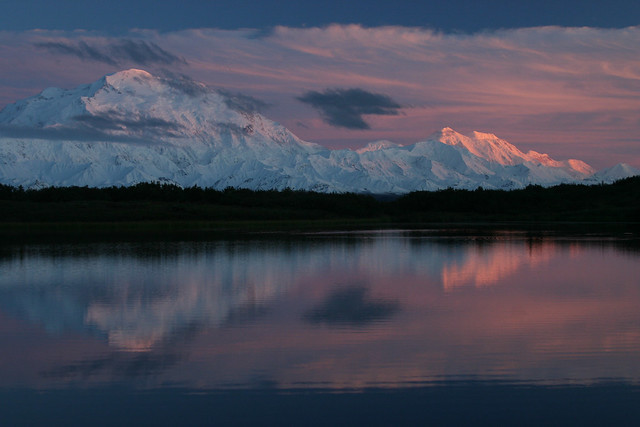
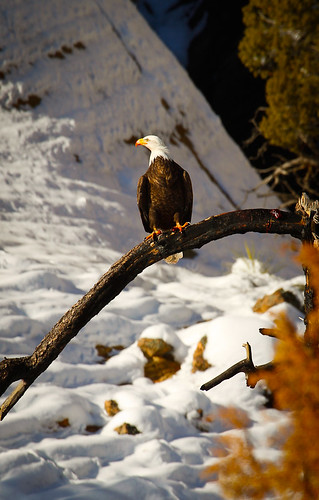

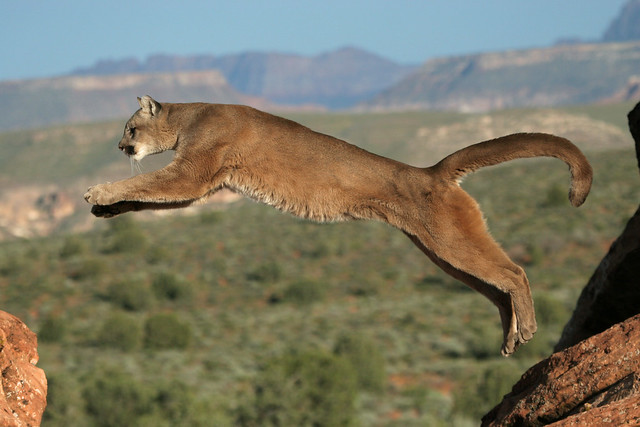
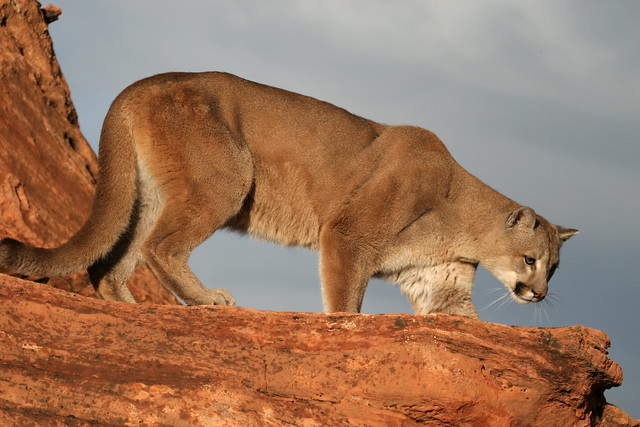
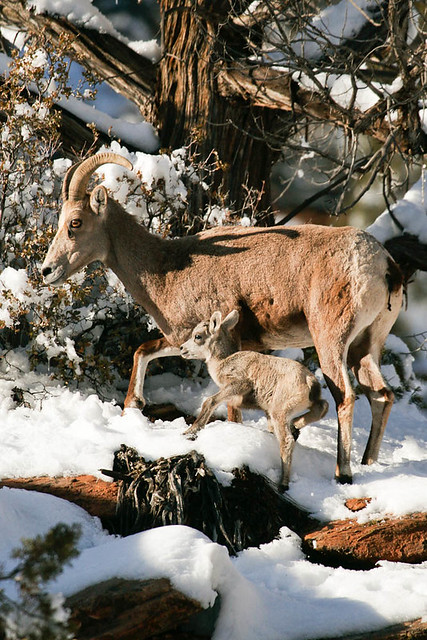
![[7D] 2010-09-11 08.22.02(0001).jpg](http://farm2.static.flickr.com/1116/5146489624_1e62938cc8_z.jpg)
![[7D] 2010-09-11 08.38.02.jpg](http://farm5.static.flickr.com/4070/5146491158_91ce143512_z.jpg)
![[7D] 2010-10-07 09.16.18(0002).jpg](http://farm2.static.flickr.com/1395/5146491482_669028cd07_z.jpg)















